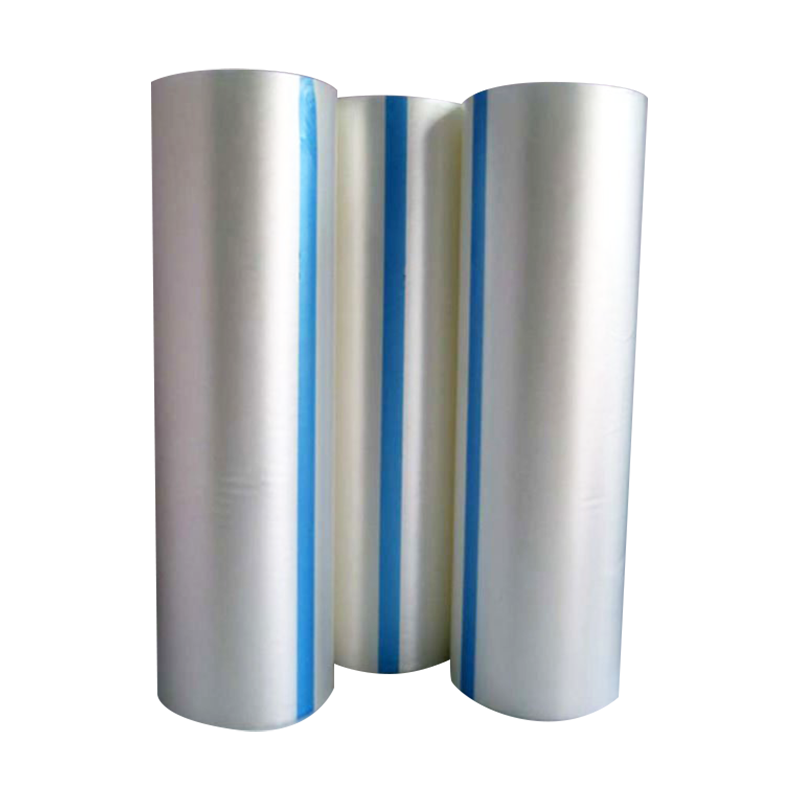What color options are offered for Anti-Static Film and does color affect its performance?
In the world of electronic manufacturing, where precision and protection are paramount, Anti-Static Film plays a crucial role in safeguarding sensitive components from the detrimental effects of static electricity. One common query that arises when considering Anti-Static Film is its color options and whether these choices impact its performance.
Color Options for Anti-Static Film
Anti-Static Films are typically available in two primary color options: pink and natural (transparent).

1. Pink Anti-Static Film:
Color Significance: The distinctive pink hue of Anti-Static Film serves as a visual cue indicating its specialized anti-static properties. This color is achieved through the addition of a specific dye during the manufacturing process.
Usage Context: Pink Anti-Static Film is widely recognized across industries as a standard for identifying materials that are engineered to mitigate static electricity. Its color helps distinguish it from non-anti-static materials, offering a clear visual indicator of its purpose.
2. Natural (Transparent) Anti-Static Film:
Color Description: Natural or transparent Anti-Static Film maintains a clear, see-through appearance without any added dyes or pigments.
Utility: Transparent Anti-Static Film is chosen for applications where the color of the material is less critical or where blending into the background is preferred. It provides the same anti-static functionality as its pink counterpart without altering the visual aesthetics of the components it protects.
Does Color Affect Anti-Static Film Performance?
The color of Anti-Static Film—whether pink or transparent—does not impact its performance in terms of anti-static properties. Both variants are meticulously engineered with additives and materials that effectively dissipate static electricity, thereby protecting sensitive electronic components from damage.
Key Points to Consider:
Anti-Static Properties: Both pink and transparent Anti-Static Films are designed to prevent static electricity buildup and discharge in the same effective manner.
Material Composition: The anti-static additives and materials used in the film are identical regardless of color, ensuring consistent performance across all applications.
Industry Standards: Pink Anti-Static Film is often preferred in environments where standardized color coding helps in quick identification of anti-static materials. However, the choice between pink and transparent variants primarily depends on aesthetic preferences and specific industry requirements.

prevNo previous article
nextResponsible Disposal of Biodegradable Pet Poop Bags: How to Minimize Environmental Impact



 English
English 中文简体
中文简体 Español
Español
















